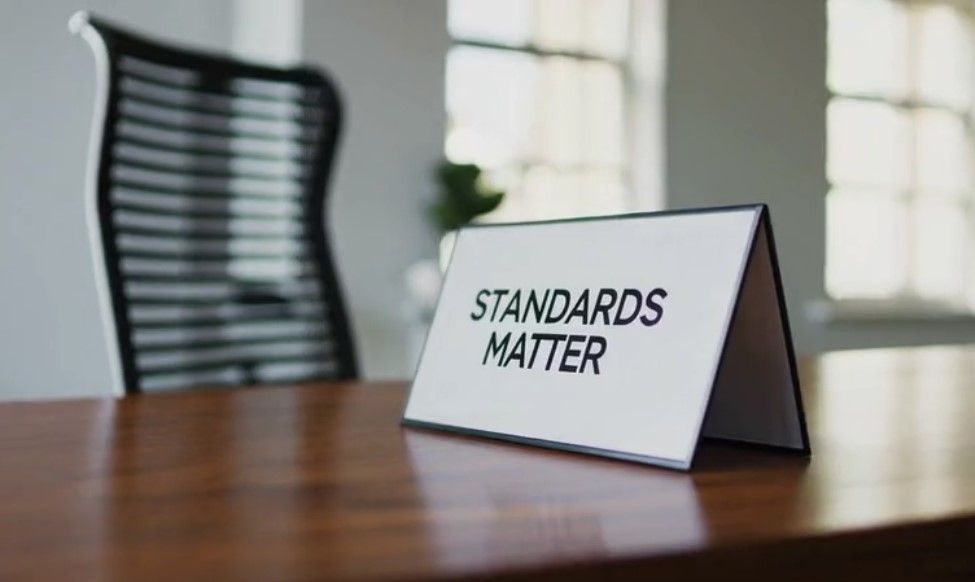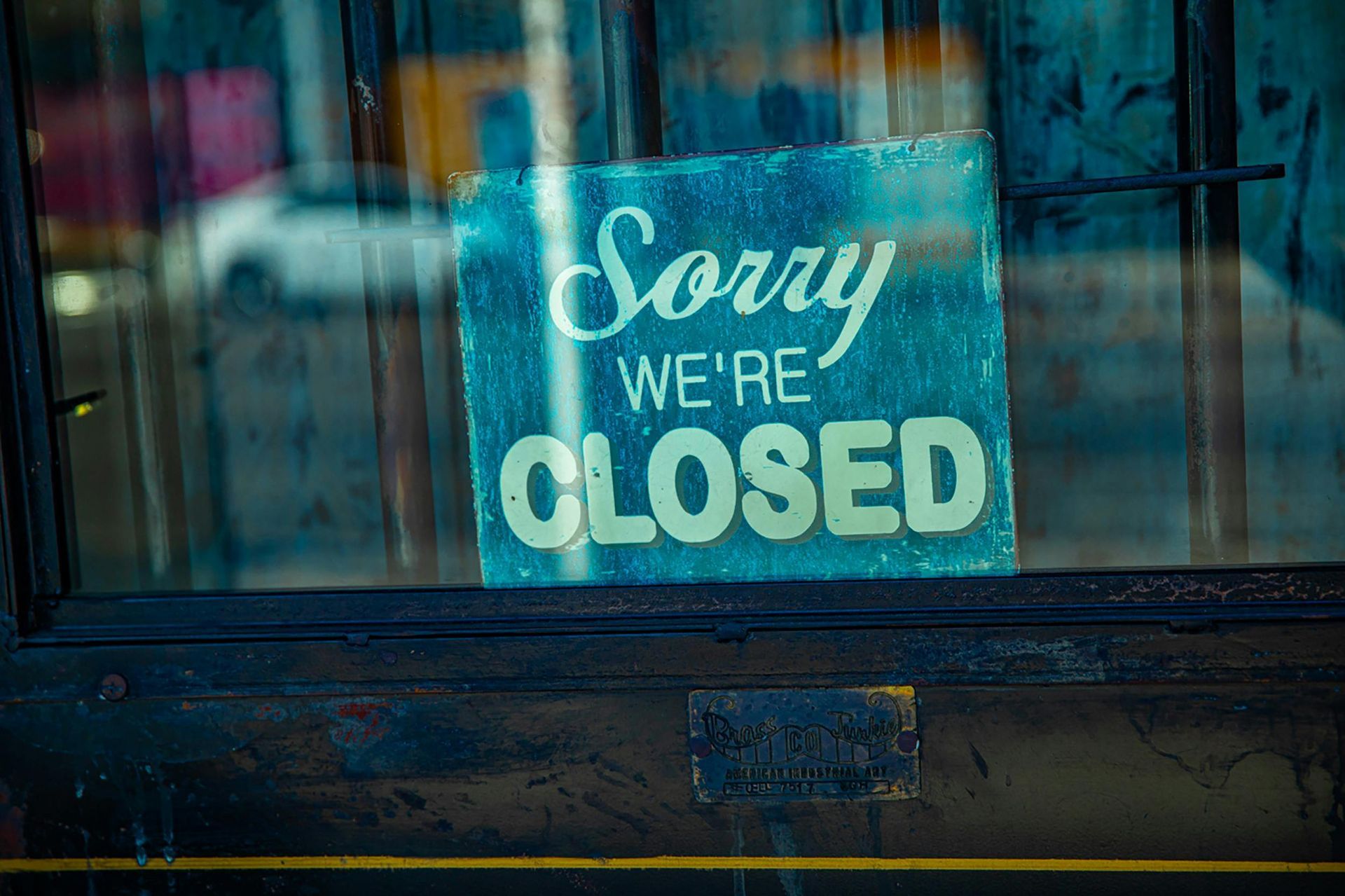Nobody’s Coming to Save You - And That’s a Good Thing
There’s an old joke about a man stranded at sea. A boat comes by - he waves it away.
“God will save me.”
A helicopter arrives - the same response. Eventually, he drowns.
When he gets to heaven, he asks, “Why didn’t you save me?”
God replies, “Mate, I sent you a boat and a helicopter. What more did you want?”
Swap God for the government, and you’ve got the mindset of far too many people waiting for a solution that isn’t coming.
Why the Numbers Don’t Lie About Mindset
If you’re young and looking for work, here’s how your country stacks up:
- United Kingdom – Youth unemployment (16–24): 14.8%
- Canada – Youth unemployment: 13.5% (more than double the national average)
- United States – Youth unemployment: 9.8%
The U.S. doesn’t have a magic formula - or more generous support systems. If anything, it has fewer safety nets. Yet young people there are finding work at noticeably higher rates.
Why? Because there’s less of a cultural expectation that someone else will fix the problem.
Three Countries. One Difference.
I’ve worked in the U.S. job market for over a decade. I grew up in the UK and have also spent time working in Canada.
Same language. Similar economies. Very different attitudes toward work.
In the U.S., people expect to build their own success. If there’s no work in their field, they pivot - new city, new skill, new side hustle.
In the UK and Canada, many wait. There’s a stronger belief that institutions - governments, schools, big employers -should create the opportunities.
The moment the system fails - as it often does - people feel stuck.
In the U.S., the default response is: “Figure it out. Make it work.”
This isn’t just anecdotal. The U.S. leads all three countries in job-to-job mobility, entrepreneurial activity, and self-employment rates.
In 2022, entrepreneurial activity in the U.S. hit record highs - while self-employment in the UK has been declining since 2019. Canada holds steady but remains more cautious overall.
Culture matters. So does mindset. The U.S. rewards motion. The others, too often, reward waiting.
Stuck Isn’t a Symptom. It’s a Strategy.
If you’re struggling to find a job, the worst thing you can do is wait for things to improve.
Here’s what works instead:
1. Skills Over Schemes
Forget about perfect opportunities. Learn the skills that make you valuable: sales, negotiation, data, coding, writing.
No one hires potential. They hire proof.
2. Network Like It’s a Contact Sport
The best jobs aren’t on job boards. They’re found in conversations, DMs, and referrals.
If you’re not reaching out, you’re falling behind.
3. Get Involved - Even for Free
Don’t wait for permission to gain experience. Volunteer. Intern. Start something.
You’re not owed a salary for showing up. You earn one by showing value.
4. Drop the Excuses - Pick Up the Tools
Yes, the job market is rough. Yes, life’s unfair.
Equally someone with fewer advantages than you is making it work.
The only question is: why not you?
5. Show Up. Keep Showing Up.
Success rarely belongs to the smartest person in the room.
It belongs to the one who keeps turning up, keeps learning, and refuses to quit.
The Best News You’ll Hear Today
Nobody’s coming to save you. That’s the best thing that could happen.
Once you stop waiting and start doing, everything changes.
The best way to predict your future? Build it yourself.
Next time you feel stuck - don’t wait for the rescue boat.
Grab the oars.
Contact Us
Hiring is data. Retention is psychology. The best companies get both right - only the exceptional make it a strategy
















